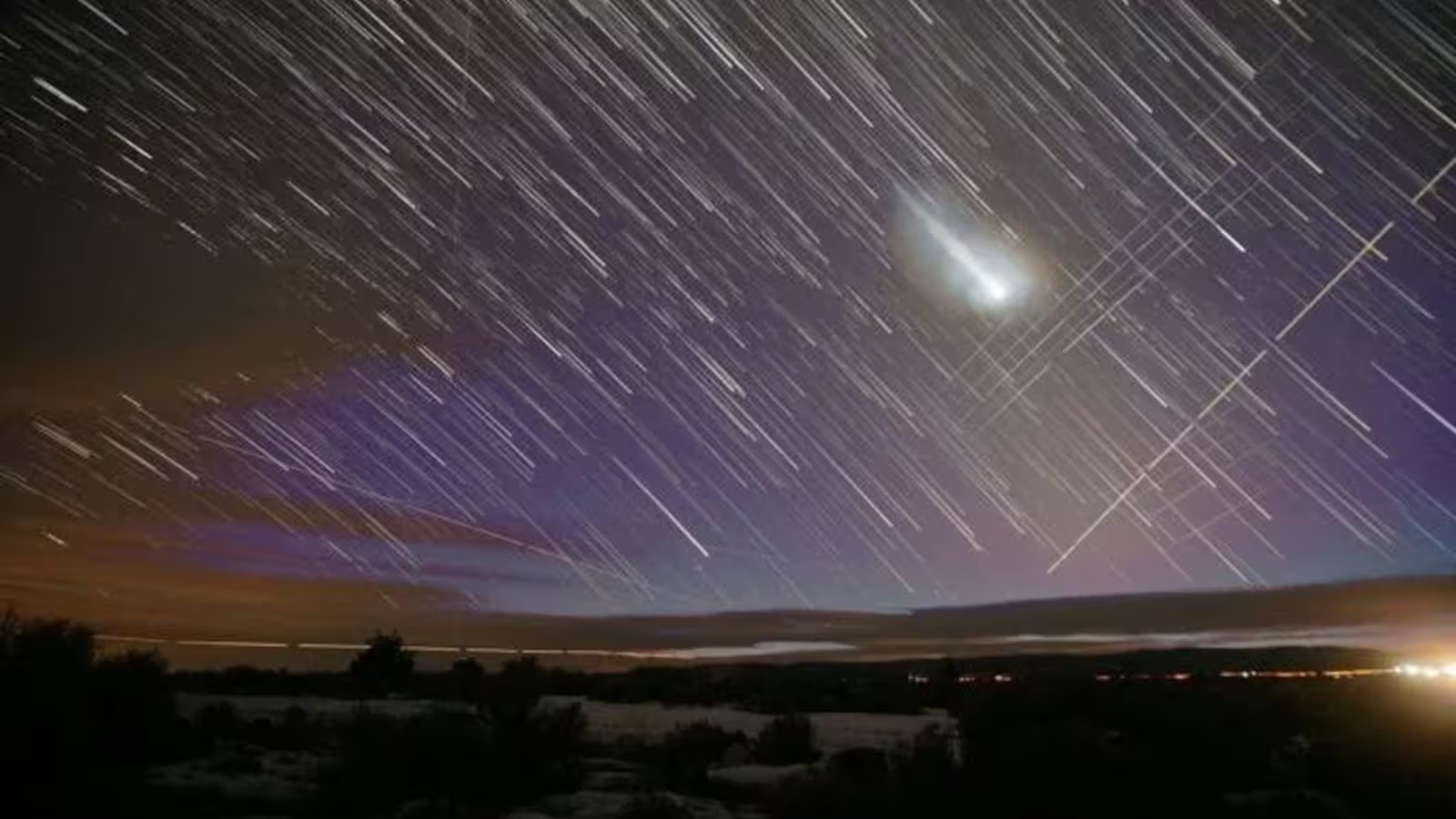4 Minutes
Solar Activity and the Crowded Orbital Environment
As the space around Earth becomes increasingly populated with satellites, scientists are closely monitoring the implications of heightened solar activity on spacecraft safety and longevity. Newly published research highlights a growing concern: intense solar storms are causing SpaceX’s Starlink satellites to reenter Earth’s atmosphere sooner and at faster speeds, raising the specter of increased space debris risks.
Understanding Solar Maximum and Satellite Megaconstellations
Solar activity follows an approximately 11-year cycle, with periods of maximum sunspot and solar storm activity, known as solar maximum. Over recent years, the Sun has approached this peak, leading to a noticeable uptick in geomagnetic storms—major disturbances in Earth’s magnetic field caused by solar eruptions. Simultaneously, the rapid deployment of thousands of new satellites—driven largely by private ventures such as the Starlink megaconstellation—has crowded Earth’s low orbit, creating unprecedented challenges for orbital safety and debris management.
New Findings: Solar Storms’ Impact on Starlink Satellite Lifespan
A research team led by Denny Oliveira at NASA’s Goddard Space Flight Center studied the reentry patterns of Starlink satellites between 2020 and 2024, a timeframe that corresponded with the current solar cycle’s intensifying activity and the October 2024 solar maximum. Their analysis relied on advanced statistical methods to trace how satellite decay and atmospheric reentry rates fluctuated during periods of high solar and geomagnetic activity.
Their results reveal that geomagnetic storms heat and expand Earth’s upper atmosphere, increasing drag on satellites like Starlink. This elevated drag causes satellites to lose altitude faster and significantly shortens their expected five-year operational lifespans—sometimes by as much as 10 to 12 days during severe space weather events. Dr. Oliveira explained to Gizmodo, “Geomagnetic activity accelerates orbital decay, meaning satellites reenter the atmosphere earlier and at higher speeds.”
Implications for Satellite Safety and Space Debris Risks
Losing even 10 to 12 days of operational control can dramatically decrease SpaceX’s ability to execute controlled reentries for their Starlink satellites. When these satellites reenter Earth’s atmosphere at higher velocities, the likelihood of surviving fragments—a key concern for satellite safety and debris mitigation—increases. Traditionally, higher reentry speeds are thought to promote complete disintegration of satellites due to intense heating. However, Oliveira’s preliminary findings suggest that for Starlinks, rapid descent may leave less time for atmospheric burn-up, potentially allowing larger fragments to reach Earth’s surface.
While SpaceX engineers design Starlink satellites to fully disintegrate upon atmospheric reentry, recent incidents reveal that this isn’t always the case. In 2024, for example, a 2.5-kilogram (5.5-pound) piece of Starlink debris landed on a Saskatchewan farm, according to New Scientist reports. SpaceX has acknowledged the theoretical possibility of debris reaching the ground, but maintains that the risk to people, aircraft, or ships is negligible.
Statistical Trends and Growing Satellite Population
According to astronomer Jonathan McDowell at Harvard University, more than 7,500 Starlink satellites are currently in orbit, with plans to expand that number to over 42,000 in coming years. The increasing frequency of satellite reentries is rapidly shifting from once a week to potentially a daily event. Denny Oliveira notes, “For the first time in history, we are seeing so many satellites in orbit at once. Understanding the dynamic effects of solar activity on their orbital lifespans and reentry behavior is now crucial.”
Key Takeaways and the Path Forward
The research—available as a preprint on arXiv and pending peer review—emphasizes the crucial need for more comprehensive data on the interaction between space weather and satellite operations. The expansion and heating of the upper atmosphere during geomagnetic storms not only shorten the lifespans of low Earth orbit satellites but also complicate collision avoidance and reentry management protocols. Additionally, increased drag during these solar events may elevate both the risk and unpredictability of satellite debris reaching Earth.
To address these challenges, experts recommend integrating real-time space weather forecasts and geomagnetic activity models into satellite operation strategies. As satellite megaconstellations continue to multiply, robust policies and tracking systems will be essential to safeguard orbital environments, prevent collisions, and mitigate potential hazards from falling debris.
Conclusion
As humanity launches more satellites and populates low Earth orbit at an unprecedented rate, understanding the effects of solar activity on satellite longevity and atmospheric reentry is becoming a top priority for the space industry and regulatory agencies. The findings from Oliveira and his collaborators underscore the dynamic, complex relationship between solar storms and the fate of orbiting satellites—pointing to an urgent need for adaptive risk mitigation strategies to ensure the sustainable and secure use of space for communications, research, and global connectivity.



Comments